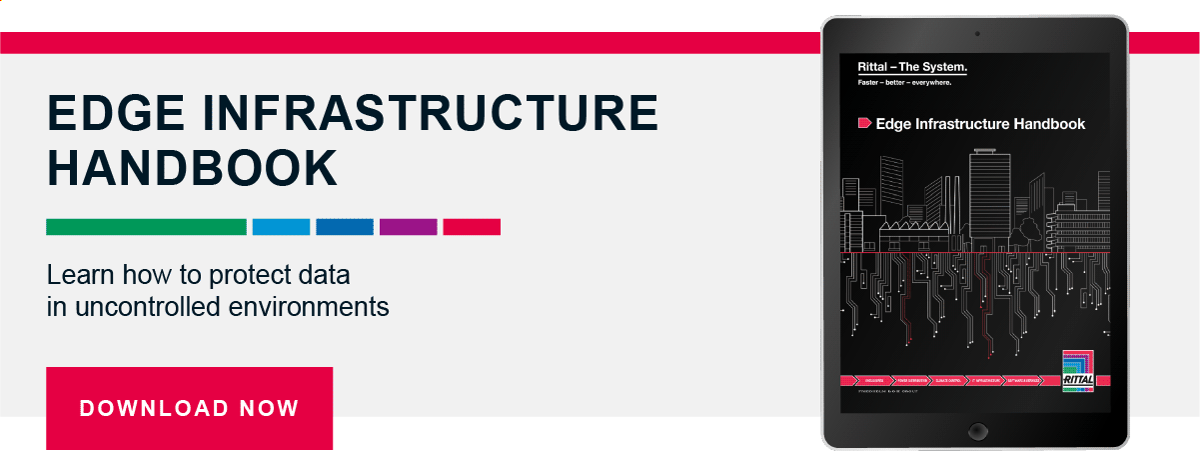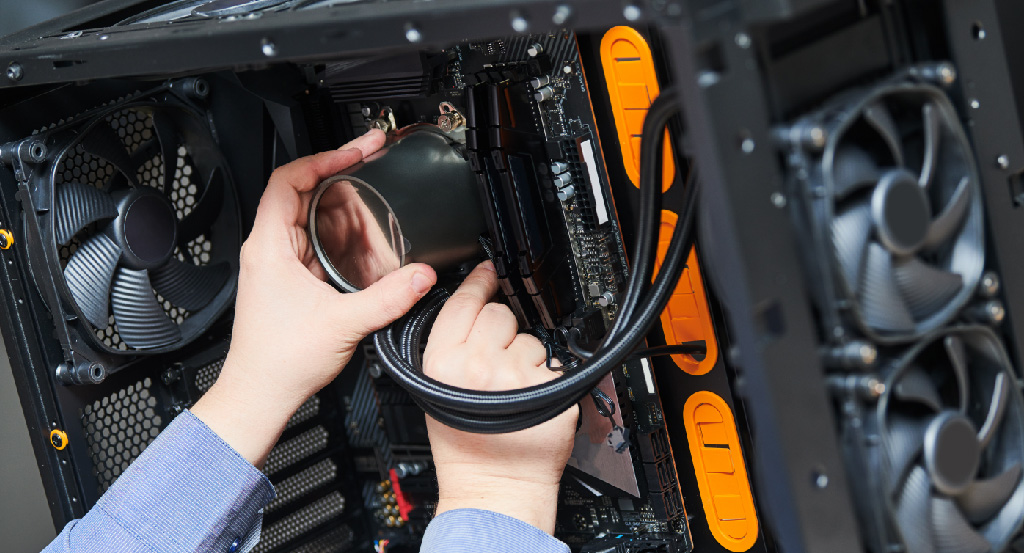How Liquid Cooling Improves The High Density Edge Deployment
Supporting the Hyper Local standalone edge infrastructure, Edge data center deployments are becoming more commonplace as AI, machine learning and autonomous systems gain a foothold in industries of every type and size. Factories, retail outlets, healthcare organizations, agriculture, warehousing/logistics, cellular systems and others are bringing greater computing power and data storage further away from the core systems to minimize latency and maximize their capabilities.
The number of applications requiring high network bandwidth and low latency will continue to drive the growth of Edge computing. Currently, around 10% of enterprise-generated data is created and processed outside a centralized data center or cloud, but by 2025, Gartner predicts this figure will reach 75%. But with these benefits, though, are 4 pressing challenges users need to consider as they plan for Edge systems, most of which are related to where these deployments are located – often, non-traditional installation spaces in less manageable environments. These conditions can have a negative effect on appliance life cycles, maintenance, climate control, physical safety and more.
Challenge #1: Managing Cooling Costs and Complexity
The typical Edge deployment may not have the infrastructure in place to adequately cool IT equipment inside a limited number (1 - 20ish) of enclosures (cabinets). While it may be possible to install humidity controls and air filtering systems into the space, if the space even exists, to better manage the environment, the cost and complexity make this an impractical choice.
A simpler, cost-effective alternative is liquid cooling – the go-to solution for individual rack power densities of 20 - 30kW or a complete installation of up to 200-300kW. Densities that could far exceed any existing climate control capacities, and with power densities varying from rack to rack (both common in Edge deployments). There are a number of liquid cooling methods out there, with the most effective for Edge are closed loop systems. These systems feature racks and heat exchangers that work exclusively with one another, closer to the equipment than most other methods (except for direct-to-chip) to minimize air flow and improve efficiency.
Challenge #2: Readying Your Facility to Support Your Edge Data Center
The three main elements of any data center are IT, power and cooling. The power and cooling gear provides a conditioned environment, and uninterrupted, clean power to the IT gear. Depending upon the criticality of the IT applications that are being run, the resiliency requirement of your power and cooling infrastructure will change, which is typically seen as redundant cooling units and UPSs, increased battery time, etc.
The facility infrastructure, which is the infrastructure upstream of the edge data center, is responsible for the supply of power to all equipment. Such infrastructure includes equipment like utility transformers, backup power sources like generators, chillers, distribution equipment like switchgear, pumps, etc. Edge data centers are typically deployed in existing buildings, offices, factories, etc. where the facility infrastructure is already in place.
Depending upon the requirements and number of edge data cabinets that are being installed, some significant planning for the facility infrastructure is required. This is often overlooked in the initial stages. The additional infrastructure and labor needed to support the network of edge data centers could sometimes be more than the cost of the edge data centers itself. This could include an additional backup generator, transformers to supply the right voltage to the edge data center, switchgear, etc. Hence, a thorough assessment of the facility and design of the electrical and mechanical systems is needed to truly be ready for an edge deployment for your IT applications.
Challenge #3: Ability to Scale Up as Needed
To be truly efficient, Edge deployments need to be future-proof, and for that to happen the complete installation must be engineered for optimum flexibility. When it comes to scaling, flexibility means many things – namely, the ability to:
- Add accessories quickly. Rittal’s frame features pre-drilled holes spaced at standard distances to allow for easy additions without drilling or welding
- Reconfigure the enclosure to easily accommodate equipment of different sizes, reducing the overall footprint required
- Compartmentalize so that IT equipment can be installed in the same cabinet as power equipment (even those operating on different power feeds)
- Apply different cooling methods within the same enclosure to minimize cost and footprint
Challenge #4: Minimizing Effects of Harsh Environments
Edge systems can be located in uncontrolled environments where temperature, airflow and humidity are not strictly maintained as in seen in a traditional data center. In these situations the role of the enclosure solution isn’t only to cool and provide power, but to protect the IT equipment from dust, debris, moisture and physical damage that erode performance and lead to costly downtime.
Enclosures that feature closed loop liquid cooling are ideal for these environments because these systems eliminate the need to build an insular environment or retrofit a room with special climate controls to protect the IT equipment. They can be placed just about anywhere in the facility, often with no changes to infrastructure. The key is to choose a level of protection based on the right NEMA or IP rating for the environment in order to guard against specific hazards and conditions.
Cooling Options That Ensure You Won’t Lose Your Edge
Today, corporations are asking their IT Managers and Facility Managers to bring the power of Edge computing to their organizations – and they want it done “yesterday.” Rittal’s turnkey solutions offer pre-configured, standardized and scalable infrastructures so you can build your Edge data center quickly and with confidence. With thousands of installations in some of the toughest uncontrolled environments under our belts, we have the knowledge and insights to optimize and future-proof your deployment. To learn more about what it takes to achieve optimum Edge efficiency, download our Edge Infrastructure Handbook to learn more about how we can design, plan and manage your edge data center and supporting infrastructure installation to achieve optimum Edge efficiency and reliability.





